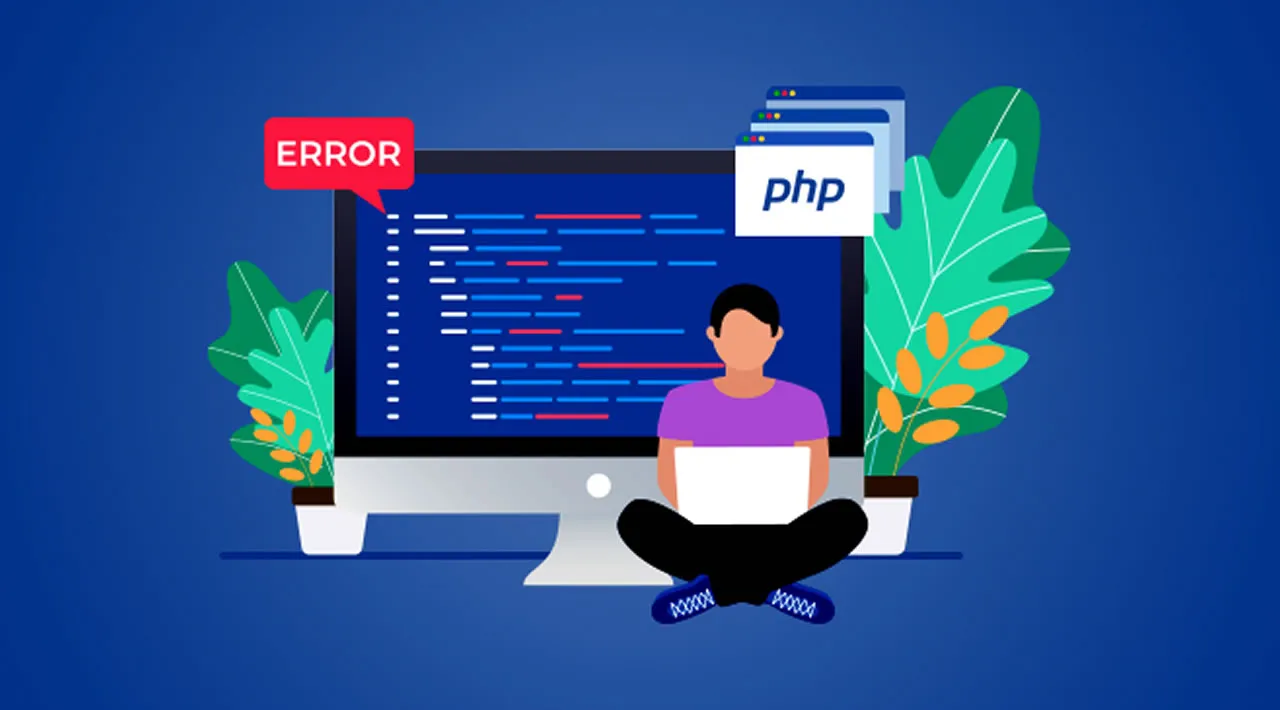Learn how to display PHP errors and enable error reporting.
I still vividly remember the first time I learned about PHP error handling.
It was in my fourth year of programming, my second with PHP, and I’d applied for a developer position at a local agency. The application required me to send in a code sample (GitHub as we know it didn’t exist back then) so I zipped and sent a simple custom CMS I’d created the previous year.
The email I got back from the person reviewing the code still chills my bones to this day.
“I was a bit worried about your project, but once I turned error reporting off, I see it actually works pretty well”.
That was the first time I searched “PHP error reporting”, discovered how to enable it, and died inside when I saw the stream of errors that were hidden from me before.
PHP errors and error reporting are something that many developers new to the language might miss initially. This is because, on many PHP based web server installations, PHP errors may be suppressed by default. This means that no one sees or is even aware of these errors.
For this reason, it’s a good idea to know where and how to enable them, especially for your local development environment. This helps you pick up errors in your code early on.
#php #web-development #programming #developer
